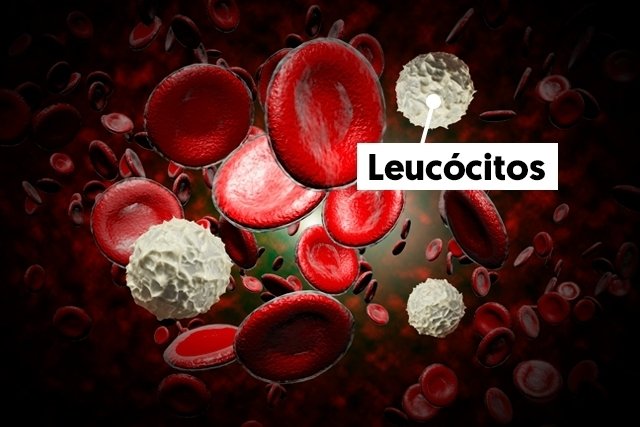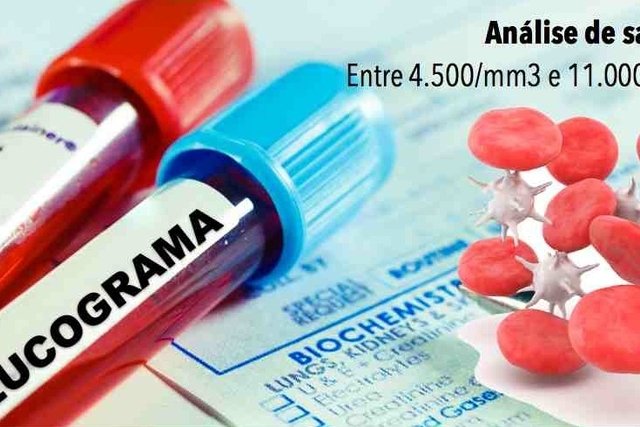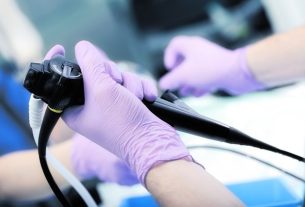The leukogram is a part of the blood test that evaluates leukocytes, also called white blood cells, which are the cells responsible for the body’s defense.
This test indicates the number of neutrophils, rods or segmented neutrophils, lymphocytes, monocytes, eosinophils and basophils present in the blood.
Increased white blood cell levels, known as leukocytosis, can occur due to infections or blood diseases such as leukemia, for example. The opposite, known as leukopenia, can be caused by medications or chemotherapy. Both leukopenia and leukocytosis must be investigated by the doctor so that the best treatment can be established according to the cause. Learn more about leukocytes.

Normal WBC values
Blood count reference values vary according to the person’s age and the laboratory, with normal values being:
How to know if the exam is normal
If you have recently had a leukocyte count and want to know the possible cause of the increase or decrease in the number of leukocytes, enter your details below:
What is the leukogram for?
The leukogram is requested to evaluate the body’s defense system and, thus, check if there is any inflammation or infection occurring. This test is part of the blood count and is carried out by collecting blood in the laboratory. It is not necessary to fast to perform the test, only when requested together with other tests, such as glucose and cholesterol measurement, for example. Understand what the blood count is for and how it is done.
The body’s defense cells are neutrophils, lymphocytes, monocytes, eosinophils and basophils, being responsible for different functions in the body, such as:
- Neutrophils: They are the most abundant blood cells in the defense system, being responsible for fighting infections, and may be indicative of bacterial infection when values are increased. Rods or rods are young neutrophils that are normally found in the blood when there are infections in the acute phase. Segmented neutrophils are the mature neutrophils most commonly found in the blood;
- Lymphocytes: Lymphocytes are responsible for fighting viruses and tumors and producing antibodies. When increased, they may indicate a viral infection, HIV, leukemia or rejection of a transplanted organ, for example;
- Monocytes: These are the defense cells responsible for phagocytizing invading microorganisms, and are also called macrophages. They act against viruses and bacteria without distinction;
- Eosinophils: These are the defense cells activated in case of allergy or parasite infections;
- Basophils: These are the defense cells activated in case of chronic inflammation or prolonged allergy and, under normal conditions, it is only found in up to 1%.
Based on the results of the white blood cell count and other laboratory tests, the doctor can correlate it with the person’s clinical history and establish the diagnosis and treatment, if necessary.
Bibliography
- PNCQ. Updated Normal Values. 2020. Available at: <https://pncq.org.br/wp-content/uploads/2021/04/VRH2020.pdf>. Accessed on Feb 22, 2023

Sign up for our newsletter and stay up to date with exclusive news
that can transform your routine!
Warning: Undefined array key "title" in /home/storelat/public_html/wp-content/plugins/link-whisper-premium/templates/frontend/related-posts.php on line 12
Warning: Undefined array key "title_tag" in /home/storelat/public_html/wp-content/plugins/link-whisper-premium/templates/frontend/related-posts.php on line 13




